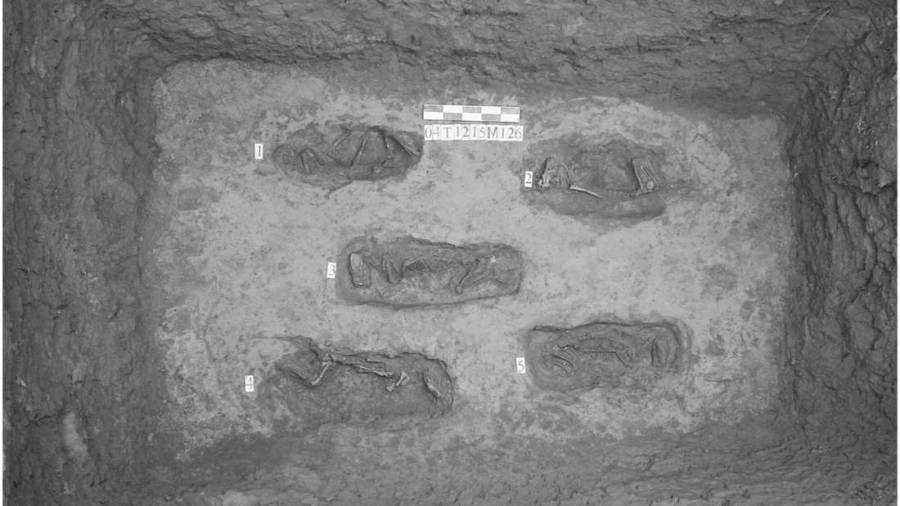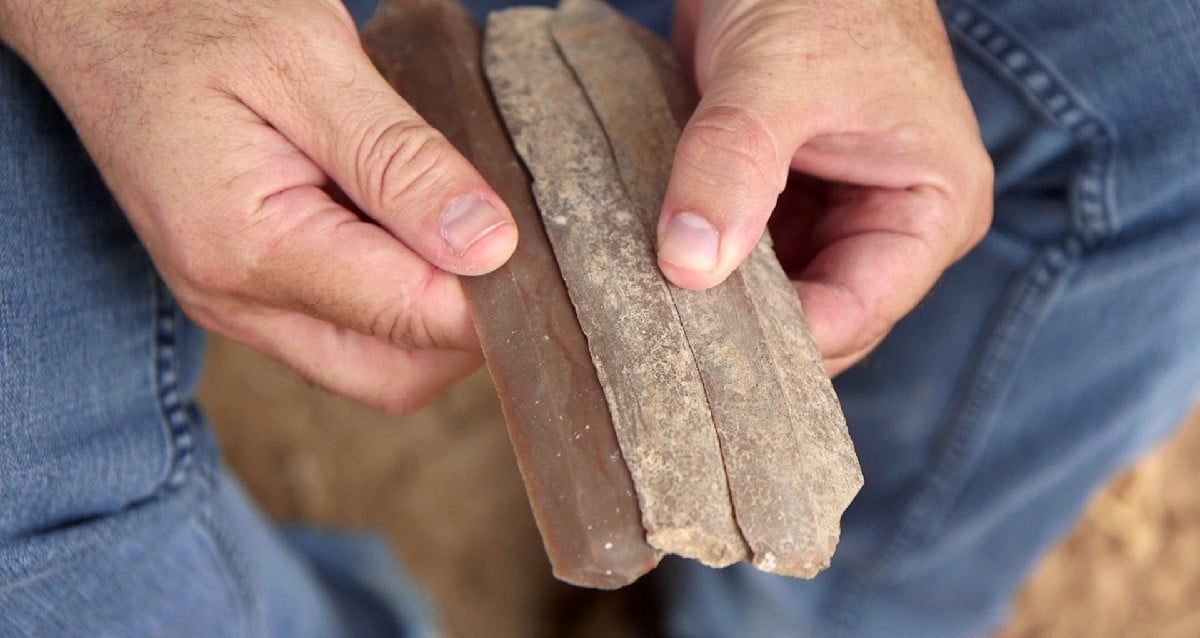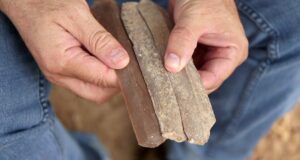Ancient Chinese Tombs Reveal Shocking Secrets: Puppies Sacrificed to Replace Humans in Rituals

Archaeological Research In AsiaMultiple dog burials found in Anyang.
Dog burials have a long history in China; the earliest dog burial site is 9,000 years old, at the Neolithic settlement of Jiahu, in northern China. Canine bones started showing up in human tombs in China during the Erligang culture, in an area that includes the Jiahu site, sometime around 1500 B.C.
In one particular noteworthy excavation happened nearby the ancient city of Zhengzhou where archaeologists uncovered eight pits containing the remains of 92 dogs. The dogs had been bound and some of them showed signs that they had been buried alive.
The dogs that were found in the human tombs were often buried just below the torso of the deceased which led researchers to believe that it symbolized the close connection between the dog and the buried human. But this new evidence points to a more practical reason behind the burial of these canine companions.
The of the Shang Dynasty were known to sacrifice humans, too — usually concubines, slaves, or prisoners of war. Examination of sacrificed human remains show markings of individuals who suffered prolonged bouts of severe injuries, which suggests they had been tortured before their death.
These human sacrifices were then buried with the dead bodies of the society’s most rich and powerful deceased as an offering to the gods, most commonly to the sky or earth gods.
But if you weren’t rich enough to own a slave, offering up a stray puppy may have been a cheaper offering alternative. Since spaying and neutering weren’t common practice during those times, an abundance of puppy litters could very well have made puppies a cheap and accessible sacrifice.













Post Comment